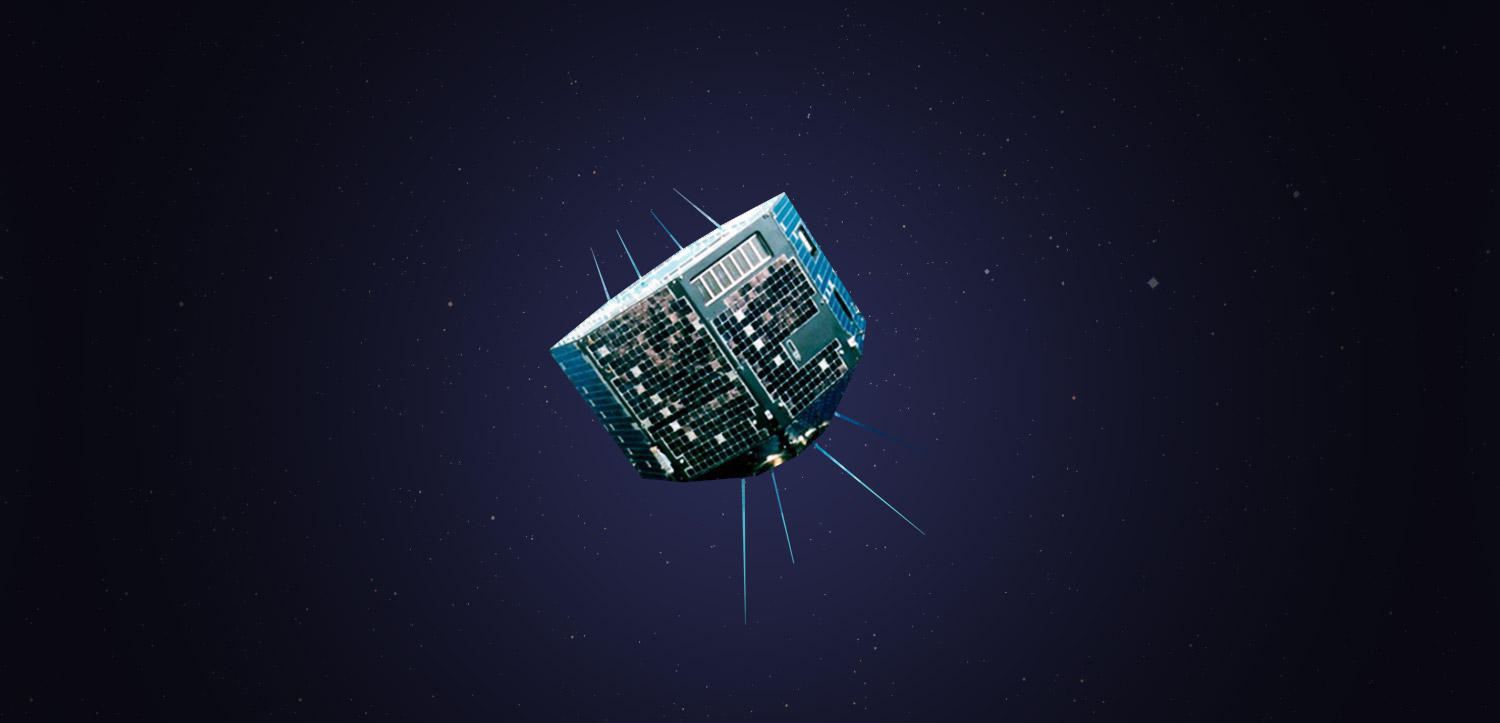| Name (pre-launch in parentheses) | HAKUCHO (CORSA-b) |
|---|---|
| International Designation code | 1979-014A |
| Objectives | Studies of X-ray stars, especially X-ray burst sources, through temporal and wide-band spectral observations. |
| Launch Date | February 21, 1979 |
| Launch Location | Kagoshima Space Center (Uchinoura) |
| Launch Vehicle | M-3C-4 |
| Weight | 96kg |
| Shape | Eight square pillars with pyramid-shaped bottoms |
| Orbital Altitude | Perigee 545 km, Apogee 577 km |
| Orbital Inclination | 30° |
| Type of orbit | Near circular |
| Orbital Period | 96 min. |
| Scientific Instruments | X-ray counters with Modulation Collimators |
| End of Operation | April 15, 1985 |
| Reentered Date | April 15, 1985 |
| Operation | Initial operations were conducted as planned. Hakucho observed many X-ray stars by changing its spin axis with the magnetic torquers, which utilized the interaction between the electromagnet and earth's magnetic field. |
| Results | Hakucho discovered eight new X-ray burst sources. It also found that optical emission associated with the X-ray burst is due to the reprocessing of X-rays by the accretion disk. These findings were highly evaluated by the international X-ray astronomer community. Hakucho also studied various time variations of X-ray stars such as the spin period changes of highly magnetized neutron stars, called X-ray pulsars, and the soft state of black-hole candidate, Cyg X-1. |



